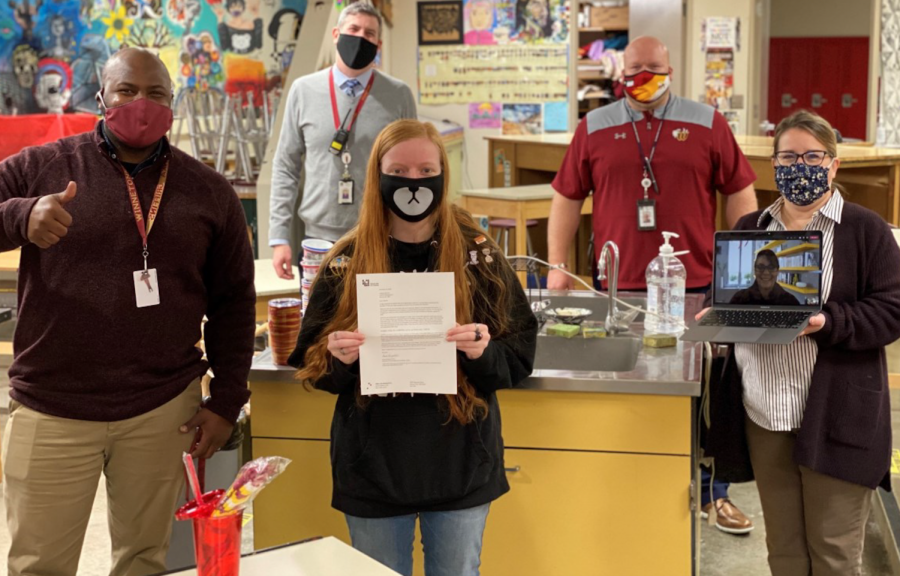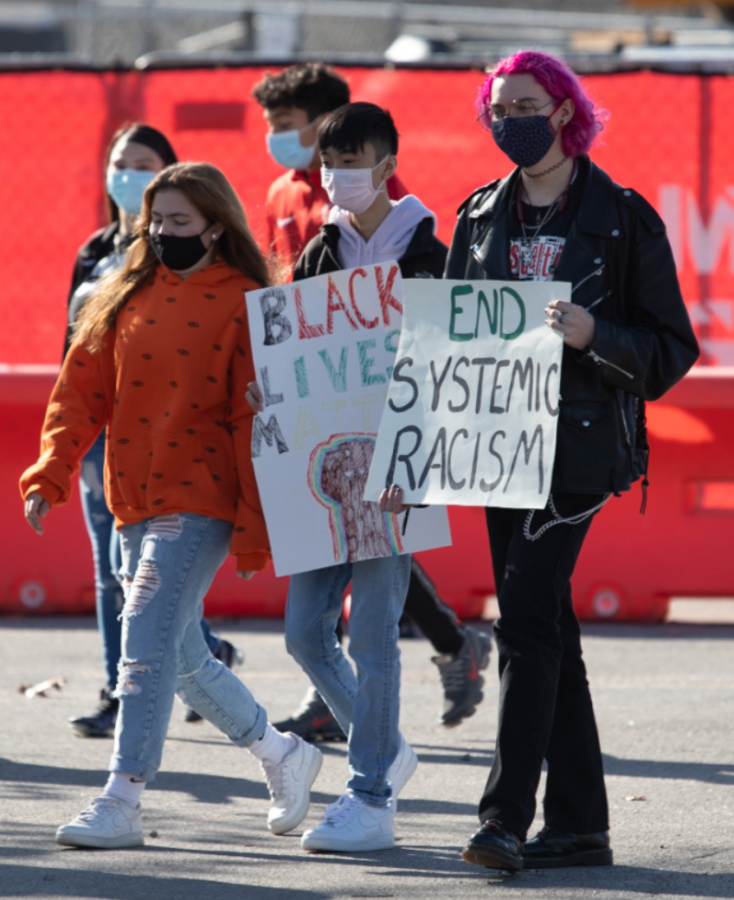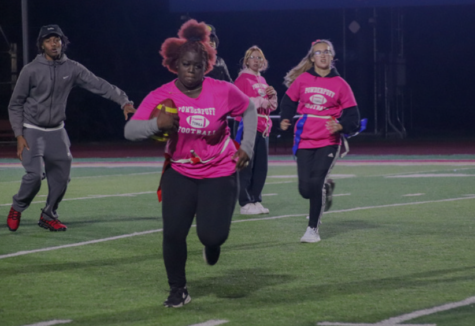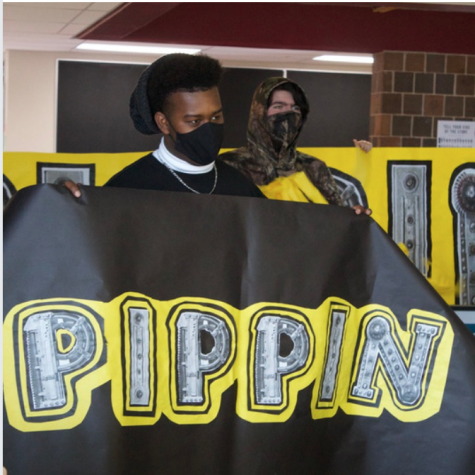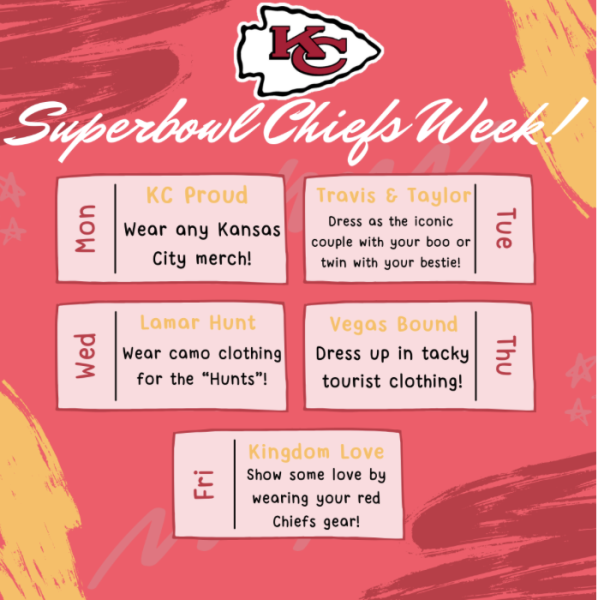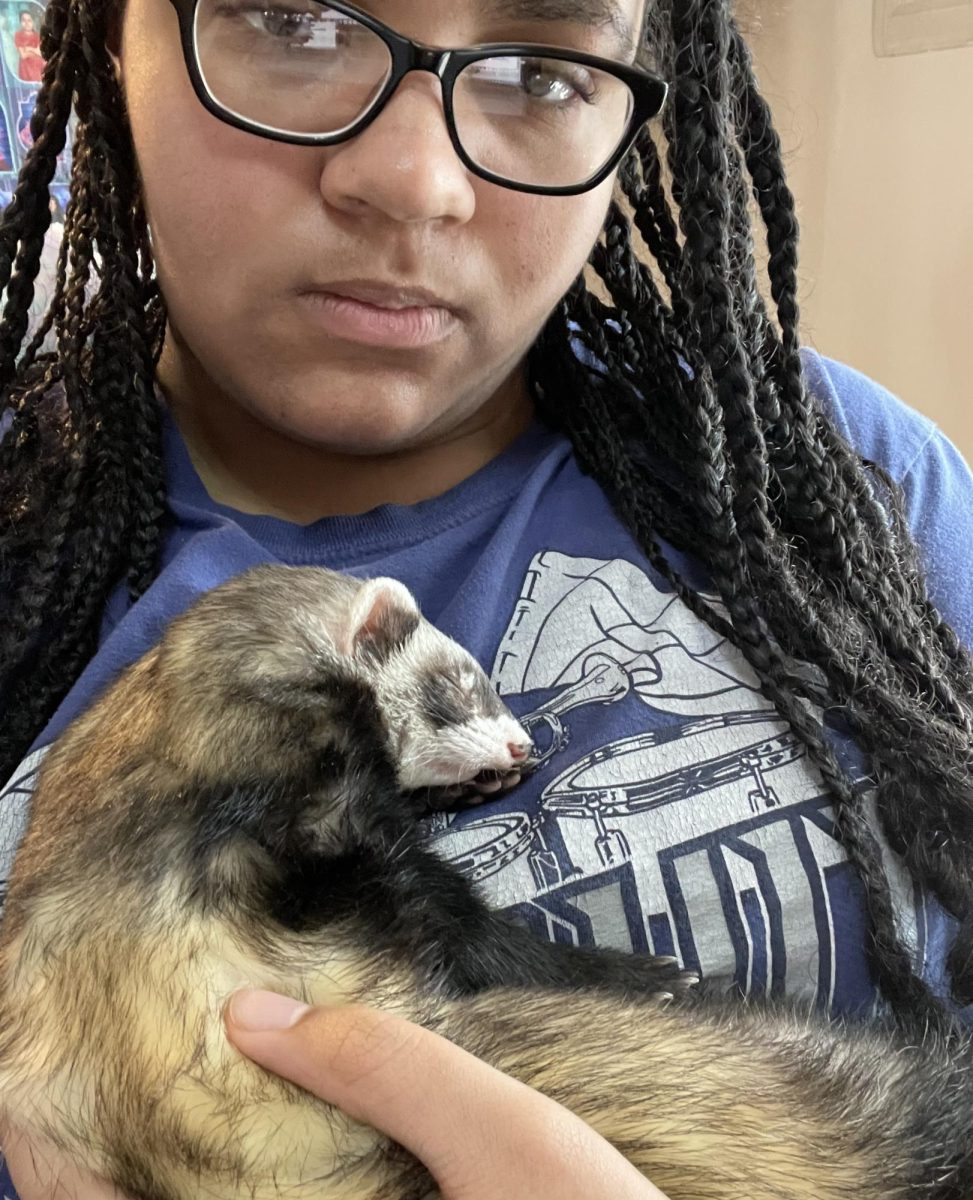Distorted
Sex trafficking stereotypes transform with social media’s growing proximity
November 5, 2018
Before you read, test your knowledge.
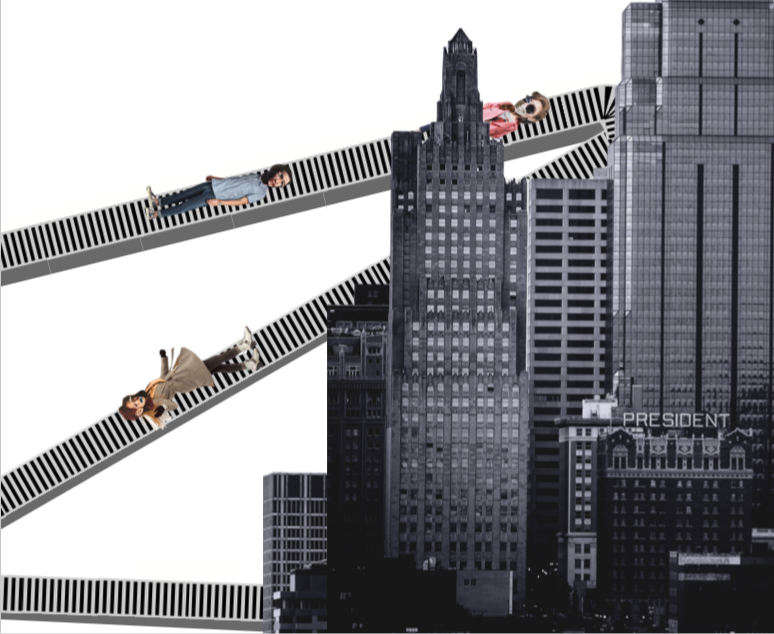
It was a typical spring Friday in 2013: birds were chirping, flowers were blooming and sex was selling right here in Kansas City. Unknown to the buyers in the area, Arizona State University was conducting a study to determine the potential percentage of adult males who would respond to online commercial sex ads. The study reported that 14.5% of the Kansas City adult male population responded to the fake sex ad for anonymous services within 24 hours after it was posted, the second-most respondents in the 15 cities that were studied.
Although sex work is becoming more mainstream, exemplified in part by the Arizona State University study, there are still workers who are in the industry against their will. These individuals are victims of the sex trafficking epidemic.
U.S. Federal Law defines sex trafficking as “a commercial sex act induced by force, fraud or coercion.” All minors who are induced into sexual services automatically fall under the umbrella of the crime. A 2012 global estimate by the International Labor Organization estimated 22% of human trafficking victims were being sexually exploited.
Across the nation, Kansas City is known as a hub for sex trafficking. Shared Hope International, an organization aimed toward ending sex trafficking, listed Kansas City is one of the top cities in the country for the sex trafficking of minors. The vast network of interstate highways that run though the city allows for quick access in and out of the area. A victim may be trafficked specifically here in Kansas City, or be transported all over the country using the interstate highway system. Regardless of where, when or how they are trafficked, victims could be anyone.
“The stereotypical victim in sex trafficking is a woman, probably in her 20s, early 30s, out of poverty, may or may not be a person of color,” said Jeanne Christensen, a justice advocate for victims of human trafficking.
But this is not always the case: a large portion of sex trafficking cases apply to children and teens.
“Child sex trafficking victims include girls, boys and LGBTQ youth,” explained the National Center for Missing & Exploited Children.
Christensen further explained that in Kansas City, vulnerable groups, or people that are especially targetted for sex trafficking, may include immigrants, the LGTBQ community and runaways.
The key to manipulating a victim is exploiting vulnerabilities. Predators will often promise to fulfill specific needs to manipulate their potential victim. Russ Tuttle, president and founder of the Stop Trafficking Project of Kansas City, explained that while poverty is a risk factor, it is not the underlying determinant for who can be a victim.
“I’m thinking of a case of a young girl in a very affluent part of our city whose initial lure into trafficking after months of grooming online was a Gucci purse,” Tuttle said. “Then we have the other extreme: some of our students were forced to provide sexual service so that they had something to eat on the weekends. Two completely different scenarios, but they were both about the exploitation of vulnerabilities.”
Moreso now than ever, traffickers are using social media platforms to groom, manipulate and lure potential victims, a problem that grows with every comment posted, photo shared and status updated.
“We are in a situation now with students where they are telling literally anybody everything on social media,” Tuttle said. “Predators are looking to prey on the naivety of students.”
In the past decade, social media use has skyrocketed, especially among teenagers. Tuttle explained that social media continues to grow as a major area of recruitment for domestic minor sex trafficking, especially in Kansas City.
“The students are there, their vulnerabilities are there and it’s incredibly easy for people to come into the social media realm of their lives and begin exploiting,” Tuttle said.
Social media has allowed people to remain completely anonymous, making former stereotypes of traffickers all but obsolete. A predator is no longer just a strange man who spends his days stalking young women and skulking in dark alleys.
“They may or may not look like you think they would,” Christensen said. “They aren’t necessarily the big guy with the gold jewelry. Chances are they could be 20-year-old white guys.”
According to Chistensen, traffickers aren’t just men, even though they make up the majority of buyers. There is no specific physical or socioeconomic profile of a predator, meaning caution should be exercised everywhere, especially in and around schools, a place full of vulnerable teens that can be exploited.
“I think the correlation between human trafficking and schools is that this is the perfect playground for those predators to get kids who are trying to understand themselves,” Winnetonka Deputy Shepard Owens said.
While the average teenager is unlikely to get caught up in the industry, the world of sex trafficking still exists. With social media quickly becoming a recruitment platform, the United States Computer Emergency Readiness Team recommends that all people limit the amount of personal information posted online, and try to remember that the internet is public and anonymous.
Here is what you can do to help:
Educate
Education is a powerful tool in prevention. Teach yourself about the risk factors of sex trafficking by reading articles and listening to experts. Research how predators are using social media to manipulate potential victims. Read about real life examples and raise awareness in your community.
Advocate for the issue and ensure schools and businesses in your area are aware of their potential impact on the sex trafficking industry. A significant way businesses can help combat sex trafficking is by hiring past victims, which gives them more financial stability and reduces their chances of being trafficked again.
Recognize
By recognizing the signs of sex trafficking, you may be able to help those who are already stuck in the industry. Although this is not an exhaustive list, some red flags may be: the person is overly anxious or fearful, appears depressed, has unexplained physical
injuries such as bruises or cuts, never is alone or has someone answering on their behalf,
has inconsistant stories, cannot leave their job or home, has no control over their finances
and/or is participating in commercial sex acts under the age of 18.
However, to avoid endangering yourself or the victim, do not ask questions when there are people around. When alone, some questions to ask might be: “Can you leave your job or house whenever you want to? Are you in debt to someone? Are you or your family being threatened?”
Report
Whether you have confirmed your suspicions or not, you should always report a potential tip to The National Human Trafficking Hotline at 1-888-373-7888. If you suspect someone is in immediate danger, call 911. Trust your judgement.
Resources:
https://humantraffickinghotline.org
http://www.stoptraffickingproject.com
https://internetsafety101.org/trafficking
https://www.dhs.gov/blue-campaign
https://www.state.gov/j/tip/id
http://www.heatwatch.org/human_trafficking/reasons_for_the_growing_epidemic
https://www.unodc.org/documents/human-trafficking/UNVTF_fs_HT_EN.pdf





